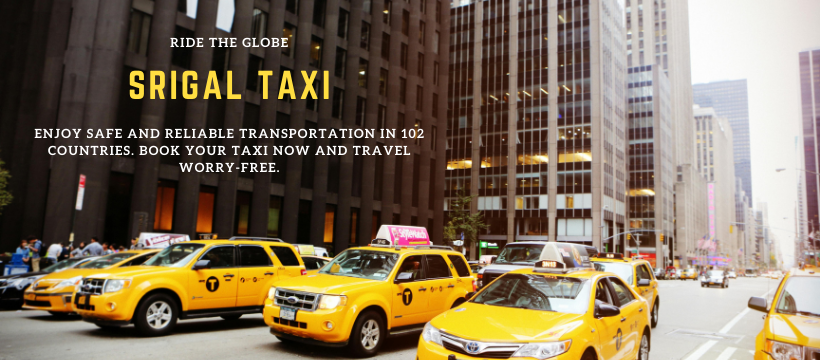
Zombitse-Vohibasia is a national park in the Atsimo-Andrefana region of south-west Madagascar. It is 147 kilometers (91 mi) northeast of Toliara town on National Road 7.
The nearest airport is in Toliara. The office is at Sakaraha, 10 kilometers (6.2 mi) from the park entrance. The park covers a surface of 36,308 hectares on three sites.

These sites are the forest of Zombitse, which covers 16,845 hectares. This site of Isoky Vohimena covers 3,293 hectares.
The Vohibasia site covers 16,170 hectares. The main ethnic groups in the area are the Bara people and Mahafaly people.
More Information About Zombitse-Vohibasia
This beautiful park has three sections. The Zombitse forest was first famous as a protected area in 1962. In 1997, the authority added the Vohibasia and Isoky-Vohimena forests.
The site became a National Park in 2002. This beautiful falls within the Madagascar succulent woodlands ecoregion. This ecoregion has high local endemicity.
It is transitional between the spiny thicket and the dry deciduous woodland ecoregions. The ecoregion is a mosaic of succulent plants and dry deciduous forest.
They assess it as Critical/Endangered. The endangered Hubbard’s or Zombitse sportive lemur is one of several species. It is only visible in this area.
They are famous only in the Zombitse Vohibasia area. The park meets the Birdlife International criteria as an Important Bird Area.
It is because it straddles Madagascar’s western and southern domains. It is visible as a biologically important reservoir.
The nearest temperature station, about 10 km away, reports an average temperature of 23.4° Celcius. The month of January is the hottest, and July is the coldest.
The rainy season is from November to March, and the dry season is from April to October. The warmest months are generally the wettest.
For example, January averages 187 mm of rain, while July averages 4 mm. This park includes the forests of Zombitse, Vohibasia, and Isoky-Vohimena.
They are in three separate areas. The Zombitse forest straddles Hwy RN7. The Vohibasia forest is to the northwest of Zombitse.
The Isoky-Vohimena forest is between the two. The Isalo Massif and Isalo National Park are 90 kilometers (56 mi) to the east. It runs in a north-south direction.
An 820-meter (2,690 ft) high calcareous plateau to the west also runs in a similar north-south direction. Two uplands contain the forests of this site.
The elevations range from 300 m to 825 m. The Zombitse section is on sandstones. The other parts are on Jurassic limestone.
There are no watercourses, but the springs and small wetlands in the park act as a reservoir. They feed the tributaries of the Teheza and the Fiherenana rivers.
National Road 7 crosses the Zombitse Vohibasia. It is between Ihosy and Toliara. The next town is Sakaraha. The site is home to ninety bird species.
Thirty-eight of them are exclusive to this site. The IUCN Red List classifies Appert’s tetraka as vulnerable. The species is available at Zombitse-Vohibasia.
It is visible in the dense underbrush of undisturbed, dry, deciduous forest at about 600-800 m. Researchers have recorded twenty species of mammals in Zombitse-Vohibasia.
It includes eight species of lemur, most of which are on the IUCN Red List of Threatened Species. Hubbard’s sportive lemur is also famous as the Zombitse Sportive Lemur.
CITES Appendix I lists this species, and the IUCN lists it as Endangered. Researchers know it occurs only in Zombitse-Vohibasia, the protected area.
Populations are declining. The IUCN lists the Nasolo’s Shrew Tenrec as vulnerable. Other endemic mammals documented here include Fossa. They also include the robust yellow bat.
They also include the bastard big-footed mouse Macrotarsomys bastardi. Researchers have documented thirty-three reptile species here, including the Standing’s day gecko.
Furthermore, researchers have documented eight species of amphibians here. An estimated 96% of the ants found in Madagascar are endemic.
- Nosy Ve: A Beautiful Place In Madagascar
- Mantasoa: A Beautiful Municipality In Madagascar
- Lake Anosy: AN Amazing Area In Madagascar

A Bangladeshi entrepreneur. A person who loves nature, a web developer, and the founder of Srigal and Nehrin.